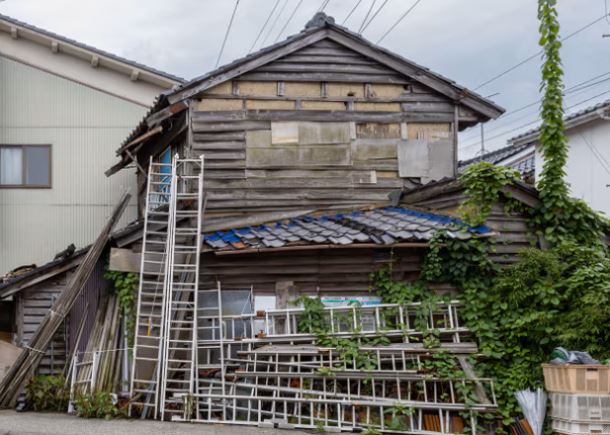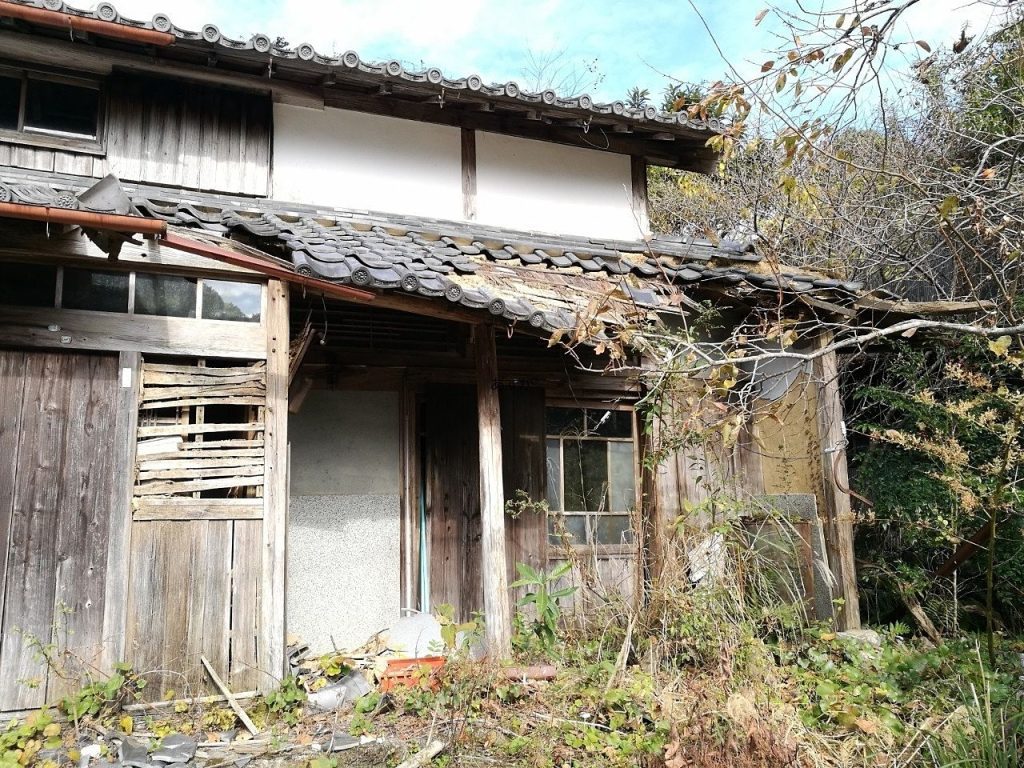The quantity of empty houses in Japan has hit a new peak of nine million, showing the ongoing problem of its decreasing population.
These deserted homes, often called “akiya,” usually refer to run-down residential properties, commonly found in rural areas.
However, this trend is becoming more common in large cities like Tokyo and Kyoto.
This presents a significant challenge for the government, which is already dealing with an aging population and a worrying decrease in yearly birth rates.
Jeffrey Hall, a teacher at Kanda University of International Studies in Chiba, stated to CNN that this is a sign of Japan’s population decline.
He stated, “It’s not truly a problem of constructing too many houses but a problem of not having enough people.”
Statistics gathered by the Ministry of Internal Affairs and Communications suggest that 14% of all residential properties in Japan are unoccupied, CNN reports.
These statistics include second homes as well as properties left empty for various reasons, including residences temporarily vacated while their owners work overseas.
Not all vacant properties are allowed to deteriorate like traditional “akiya,” which presents a range of additional challenges for the government and local communities, experts told CNN.
Akiya properties are frequently passed down through generations.

However, with Japan’s decreasing fertility rate, many find themselves without heirs to inherit these properties.
Alternatively, they may be inherited by younger generations who have moved to urban areas and see little value in returning to rural regions, experts told CNN.
Japan has been encountering a decrease in its population for a few years now. In 2022, the population decreased by over 800,000 compared to the previous year, bringing the total to 125.4 million.
According to official data, the number of new births in 2023 dropped for the eighth consecutive year, reaching a record low.
CNN reports that for years, Japan has been struggling with a persistently low birth rate that falls far below the level needed to maintain a stable population.
The birth rate has remained around 1.3, while a rate of 2.1 is required.
Adding to the concern, the Ministry of Internal Affairs and Communications recently announced that the number of children under the age of 15 has decreased for the 43rd consecutive year, reaching a new record low of approximately 14 million as of April 1.



